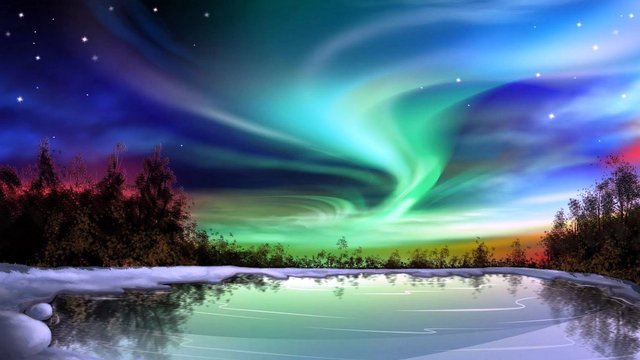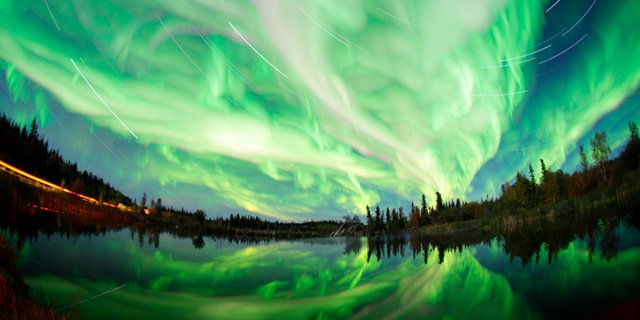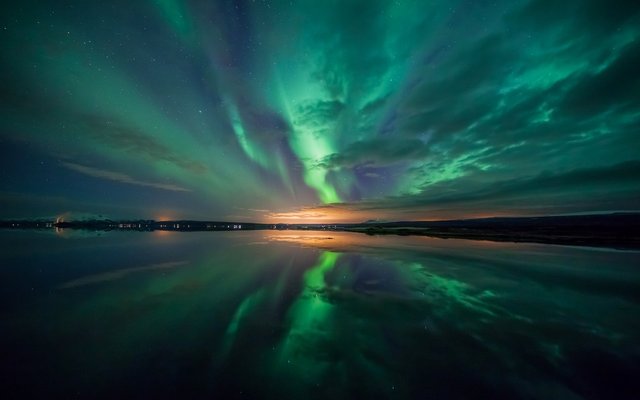Well, now you know! - #5 What are the Northern Lights and what causes the phenomenon. - Stunning photos

We have all seen the truly amazing photography of the northern lights, the bright aurora appearing to dance across the sky in a flow of uniform elegance.
The lights can be seen from above the magnetic poles at the northern and southern hemispheres. In the north they are known as the 'Aurora borealis' and in the south the 'Aurora australis'.
The lights can be witnessed in many different colours, ranging from the most common occurrence of a pale green and pink, to differing shades of red, blue, yellow, green and violet. The aurora can be seen in many forms form scattered patches or clouds, to streams of lights bending or shooting across the sky.

Source: Mark Southern
But, what causes this beautiful, natural phenomenon?
The Northern Lights are caused by the collision between gaseous particles in the Earth's atmosphere and charged particles that are released from the sun's atmosphere.
The rotation of the sun causes free electrons and protons from the suns atmosphere to escape through holes in the suns magnetic field. Once the free protons and electrons escape, they are then blown towards earth by the solar wind. The earth has it's own magnetic field which deflects a large percentage of the charged particles, but at either pole the earth's magnetic field is weaker. This weaker magnetic field allows some particles to enter the atmosphere of the earth and then collide with gas particles, causing the natural and captivating display of dancing light across the nights the sky.
Source: Visit Scotland
So, what causes the variation in the aurora's colours?
The colour of the lights are dependant on the differing type of gas particles that are colliding. As previously discussed, the most common auroral colour is a pale yellow-green, this is caused by oxygen molecules which are located around 60 miles above the earth. The rarer red colours are produced by oxygen particles at a much higher altitude, around 200 miles above the earth. Lastly, the blue or purple aurora is caused by nitrogen.

Source: Alpha Coders
Let me know in the comments, have any of you ever seen this natural wonder? Or do you have plans to?
I hope you enjoyed.
Back Soon
Will
- first image Source: Jens Klettenheimer
Hi! I am a robot. I just upvoted you! I found similar content that readers might be interested in:
http://www.northernlightscentre.ca/northernlights.html
Thank you very much for showing these great images. I like how you have explained the difference between the Aurora borealis' and the 'Aurora australis'! Great info!
Thanks man :)
No problem @williamdeamer :)